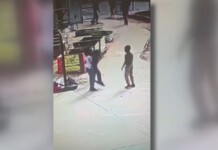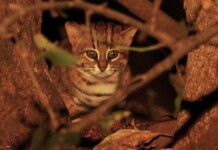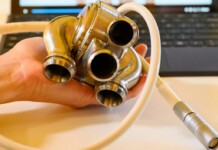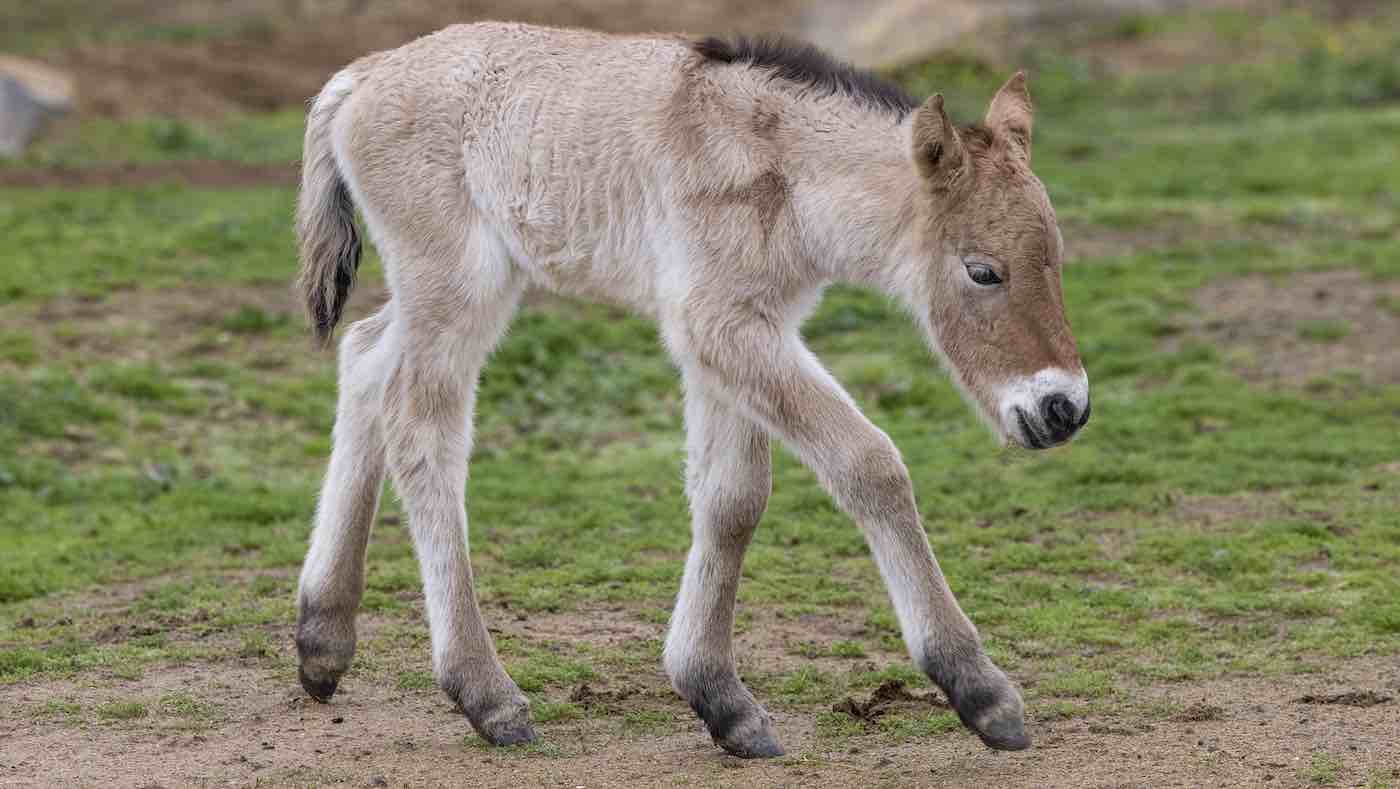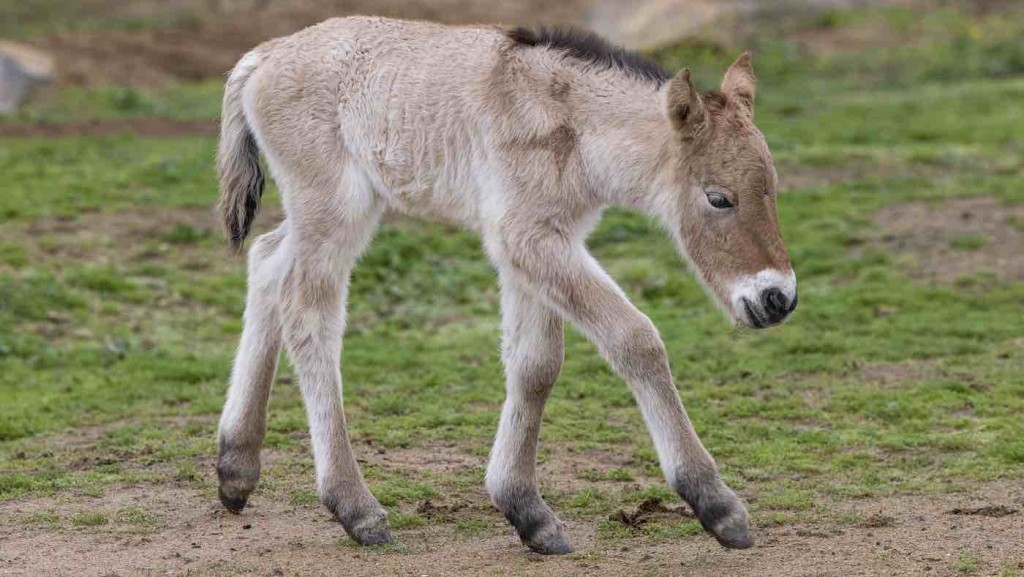
The San Diego Zoo Safari Park announced the birth of a critically-endangered Przewalski’s Horse—sometimes called ‘the Last Wild Horse’.
Conservationists say this species of wild horse was categorized as Extinct in the Wild until 1996.
The foal is the first Przewalski’s horse born at the San Diego Zoo Safari Park since 2014, and is one of only four individuals born in North America over the past year.
“Every birth is a tremendous moment, so we are elated by this new foal,” said Kristi Burtis, wildlife care director at the San Diego Zoo Safari Park. “They are an important wild horse species, and this new foal, along with each individual that was born at our parks, bolsters their fragile population—and represents our commitment to conserving them for future generations.”
The youngster was born as part of a program that ensures genetic diversity among Przewalski’s horse populations, which is overseen by conservationists nationwide. The California compound has seen more than 157 Przewalski’s horses born at the Zoo and the Safari Park.
LOOK: This Determined Bull Thinks He’s a Show-Jumping Horse
Formerly extinct in the wild, the Przewalski’s horse has survived for the past 40 years almost entirely in zoos around the world, and nearly all of the surviving horses are related to 12 Przewalski’s horses born in native habitats. Ongoing reintroductions of Przewalski’s horses into their native habitats have established several herds in grasslands in China and Mongolia to maintain genetic variation.
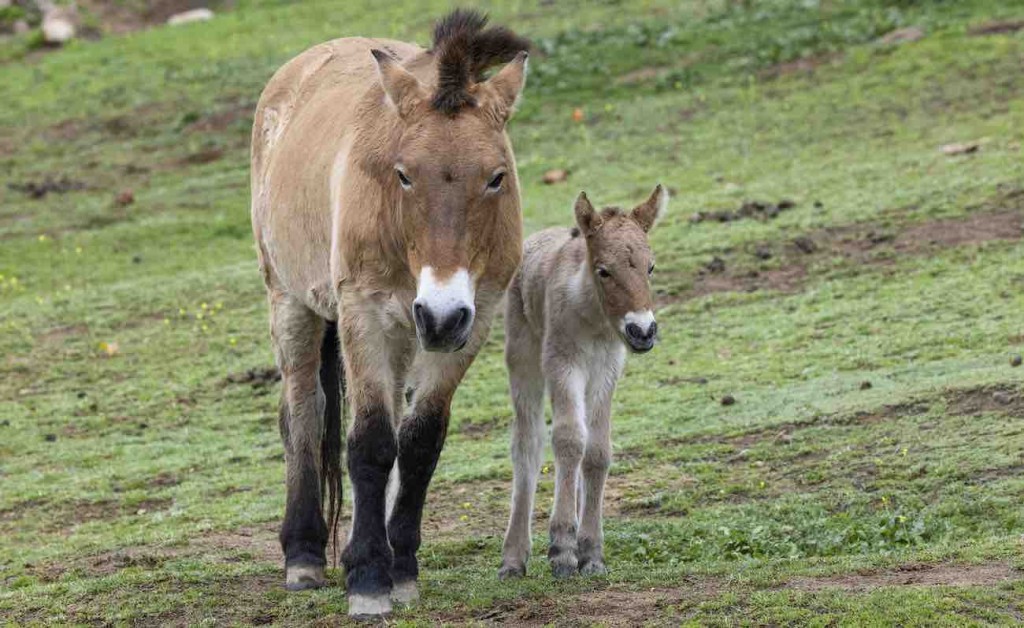
In the past few years, scientists have started using new tools, such as San Diego Zoo Wildlife Alliance’s Biodiversity Bank, to expand the strength of the species’ population.
Through a collaborative effort, science teams from the nonprofit Revive & Restore, the animal cloning company ViaGen Pets & Equine, and San Diego Zoo Wildlife Alliance were able to achieve the world’s first successfully cloned Przewalski’s horse in 2020. Named Kurt, he was born to a surrogate mother—a domestic quarter horse—and is the clone of a male Przewalski’s stallion whose living cell line was cryopreserved 43 years ago, as part of the Wildlife Biodiversity Bank.
“Kurt is significant to his species because he offers the hope of bringing back lost genetic diversity to the population,” said Nadine Lamberski, chief conservation and wildlife health officer for San Diego Zoo Wildlife Alliance.
WATCH: In This Family, The Dogs Take the Horse for a Walk
The colt was named Kurt in honor of Kurt Benirschke, M.D., who joined the Zoo’s research committee in 1970, and worked as the Zoo’s director of research from 1974 to 1986. Before his death at age 94, he was instrumental in founding the conservation research program at San Diego Zoo Wildlife Alliance, including the Frozen Zoo®, a critical component of San Diego Zoo Wildlife Alliance’s Wildlife Biodiversity Banking efforts.
Safari Park guests can visit Kurt in the Central Asia savanna habitat; and see the rest of the herd—including the new foal, who has not been named yet—in the Przewalski’s horse habitat next door.
GALLOP This Good News to Horse-Lovers on Social Media…


